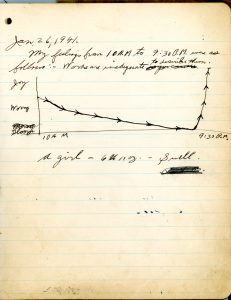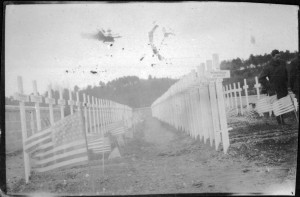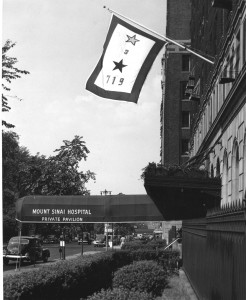Waiting, Waiting, Waiting….
The Mount Sinai Archives has recently received the records that document the histories of the St. Luke’s Hospital, The Roosevelt Hospital, and the Woman’s Hospital in the State of New York, which merged with St. Luke’s in 1953. We are still in the process of ingesting these records and figuring out what we have, but one particular series has popped up that we couldn’t wait to highlight.
In the 1940’s, the Woman’s Hospital placed a small notebook in the waiting room on the maternity ward and asked prospective fathers to write their thoughts about their experience while there. The Archives has only four volumes, covering 1940-1944. It is unknown how long this practice continued. Still, the volumes that exist are wonderful to read, both for how the fathers (mostly) expressed their feelings as time passed and they waited with only occasional updates, as well as for how these volumes bear witness to the era in which they were created. There is a fervent entry about hoping this child will never have to know about Hitler or Nazis. There is another written by a grandmother because the father was a soldier. And there is the most obvious fact that marks them as from an earlier era: these fathers were all banished to a far away room and were not allowed to be part of the birth experience.
Below is just one page from the 1940/41 volume. It sums up the experience in the most simple of ways.



